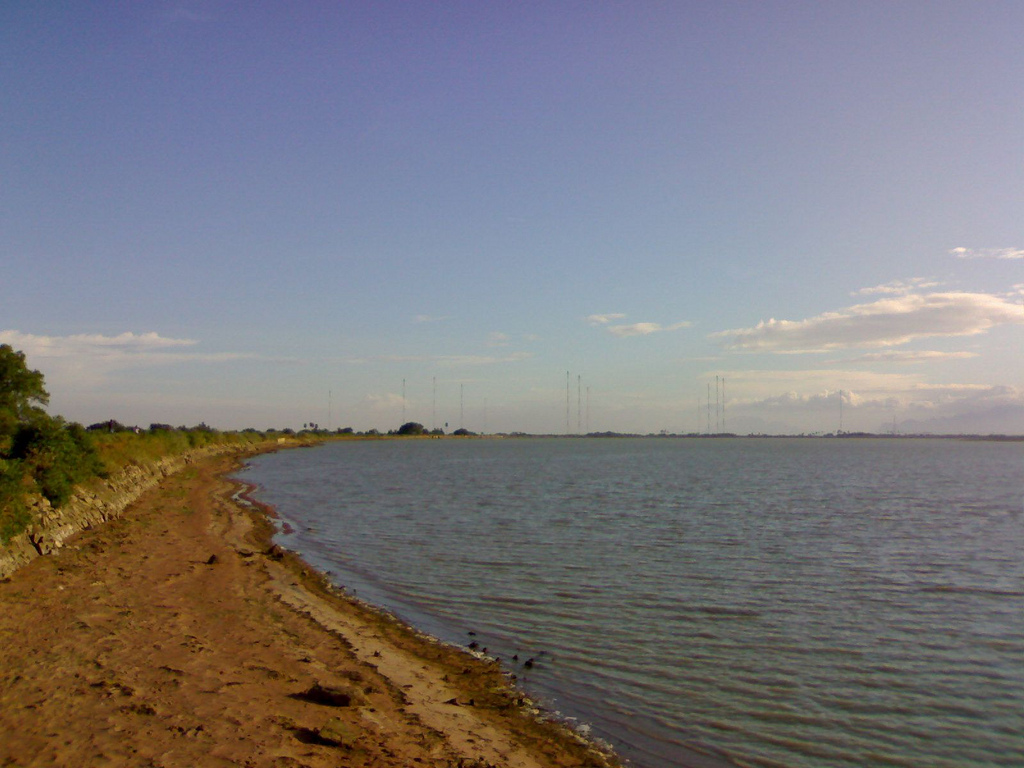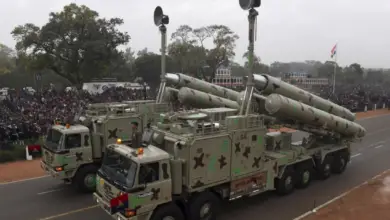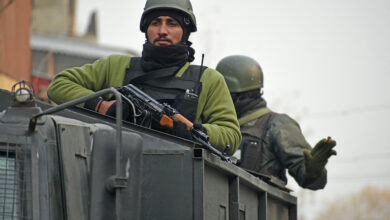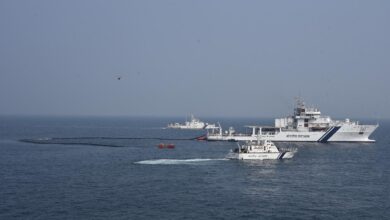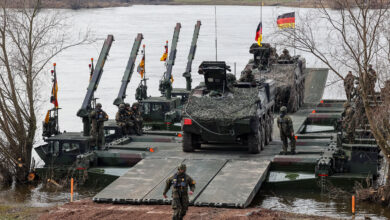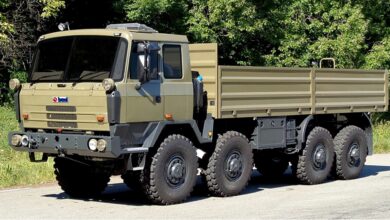India to Set up Second Transmission Station for Submarine Comms
The Indian Navy is set to begin constructing its second Very Low Frequency (VLF) transmission station in Vikarabad, Telangana, to enhance submarine communication.
VLF radio waves operate within the 3-kilohertz to 30-kilohertz frequency range, making them effective for long-distance communication. They’re also capable of reaching diesel-electric and nuclear submarines submerged 20 to 30 meters (65 to 98 feet).
Vikarabad was chosen due to its geographical advantages, including the absence of mountains and high altitude. This enables approximately 300 kilometers (186 miles) of unhindered signal transmission.
“The strategically important VLF facility, once it becomes fully operational in two to three years, will provide round-the-clock encrypted communication connectivity to submerged submarines across India’s entire area of interest,” an unnamed source told Times Of India.
Work on the station will officially kick off in the presence of Defense Minister Rajnath Singh, along with other top officers at the site inside Damagundam Reserve Forest in Vikarabad.
India’s Submarines
The first VLF facility, INS Kattabomman Radar Station, has been operational since 1990 at Tirunelveli in Tamil Nadu, which is about 1,150 kilometers (715 miles) away from the one to be erected in Vikarabad.
This development follows New Delhi commissioning INS Arighaat, its second nuclear-powered ballistic missile submarine, in August this year.
India will be constructing two new nuclear-powered attack submarines for 450 billion rupees ($5.4 billion) in addition to existing submarine projects.
This is in line with the South Asian giant’s enhancement of defense capabilities amid the changing security dynamics in the region, particularly with the challenges posed by China’s growing maritime presence in the Indian Ocean and its deepening military cooperation with Pakistan.

